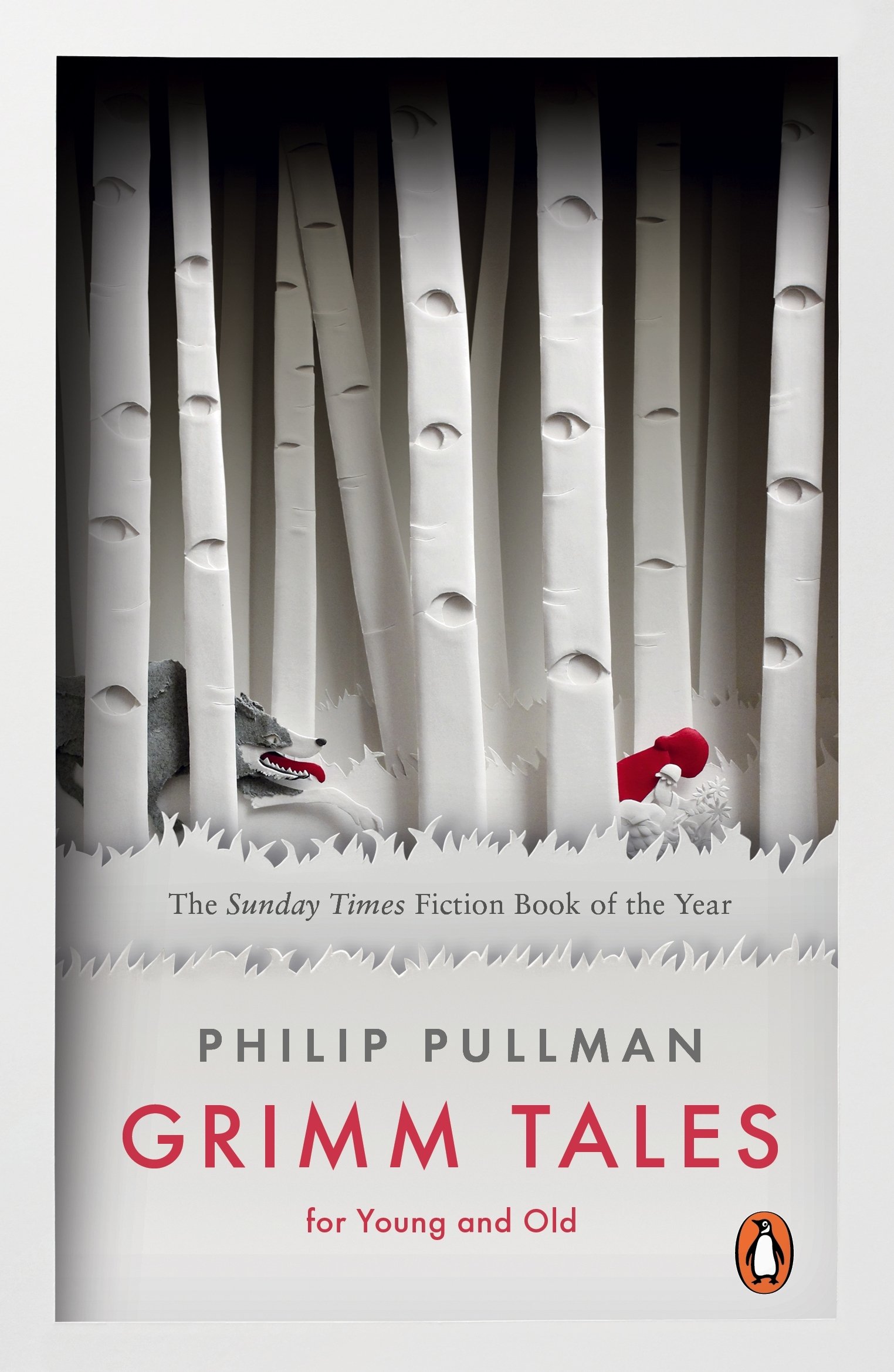I’ve been intrigued by the story of Jupiter and Io for a while now. It all started with a visit to a country house in the Venetian countryside, about an hour north of Venice. The house is called Villa Emo. It is one of Andrea Palladio’s finest designs. After years of driving past the villa and admiring it’s symmetrical construction and elegant temple-like entrance I finally made the time to go inside.
Villa Emo was commissioned by Leonardo Emo in the 1560s. He hired the best architect of the day, Andrea Palladio to design a fabulous country house for him and his new bride. The house was a celebration of love and marriage and happiness. A team of painters worked day and night to decorate the walls with colourful and joyful frescoes. Many of the paintings were the work of Zelotti, one of the finest fresco artists of the time. In the main room the ‘trompe l’oeil’ paintings are the finest I’ve ever seen. The term ‘trompe l’oeil’ means ‘trick of the eye’ it is the effect caused when an artist paints onto a flat surface, however the skill of the artist is so great that the painting gives the impression of being three dimensional and having depth. The range of ‘trompe l’oeil’ paintings at Villa Emo is truly ‘mozzafiato’ breath-taking, as the Italians would say. For an article about Villa Emo written by me a year or so ago, Villa Emo – a perfect Palladian Villa, Italy
There’s a small, square room on the right hand side of the villa’s main entrance which reveals a superb cycle of frescoes on each wall – the paintings chronicle the saga of Jupiter and Io. Here’s Jupiter and Io’s sad story…..
According to Greek and Roman mythology, Jupiter was the king of the gods, he was married to Juno, the most powerful of the goddesses. Unfortunately for Juno, Jupiter fell in love with a beautiful young priestess called Io. The painting of Jupiter and Io together personifies love for me. The couple are sitting on a rock together, cuddling and chatting. The painting is all tenderness, affection and joy. In the top corner of the painting, Juno peers down from the clouds, she sees her unfaithful husband and is absolutely furious. Using her significant goddess-like powers she turns the unfortunate Io into a heifer (a female cow). Inevitably with any Greek myth it was going to end in tragedy and tears.
Juno then sends Argus, a strong young man with one hundred eyes, to guard the heifer. Her motive is to prevent Jupiter from continuing his liaison with Io. However, Jupiter refusing to be beaten and sends Hermes (the messenger) to lull Argus to sleep and thus free Io from his control. The myth says that Hermes used his pan pipe skills to send Argus to sleep, quite a lengthy process when each of those one hundred eyes had to be closed……However this enabled Io to escape the control of Argus. Io then spent the remainder of her days wandering and finally ended up in Egypt where she married a king and gave birth to Jupiter’s love child. During her wanderings she was plagued by a gadfly, who bit her, all over her body, a parting gesture from the jealous and vengeful Juno. However there’s always a glimmer of hope in any Greek myth and with this tale Juno had the one hundred eyes of Argus embedded in the tail feathers of a peacock that pulled a carriage carrying her high into the heavens. Thus the magnificent tail plumage of the peacock was born.
I find this ‘love story’ of Jupiter and Io compelling and poignant. I also find it intensely romantic, even though the story is tragic and doomed – just like any good opera. I wonder if the mixture of love and romance, revenge and fury is a heady combination of emotions that we humans just fall for – every time – hook, line and sinker.

Jupiter and Io – fresco by Zelotti, 16th century – Villa Emo, Fanzolo, Veneto, Italy


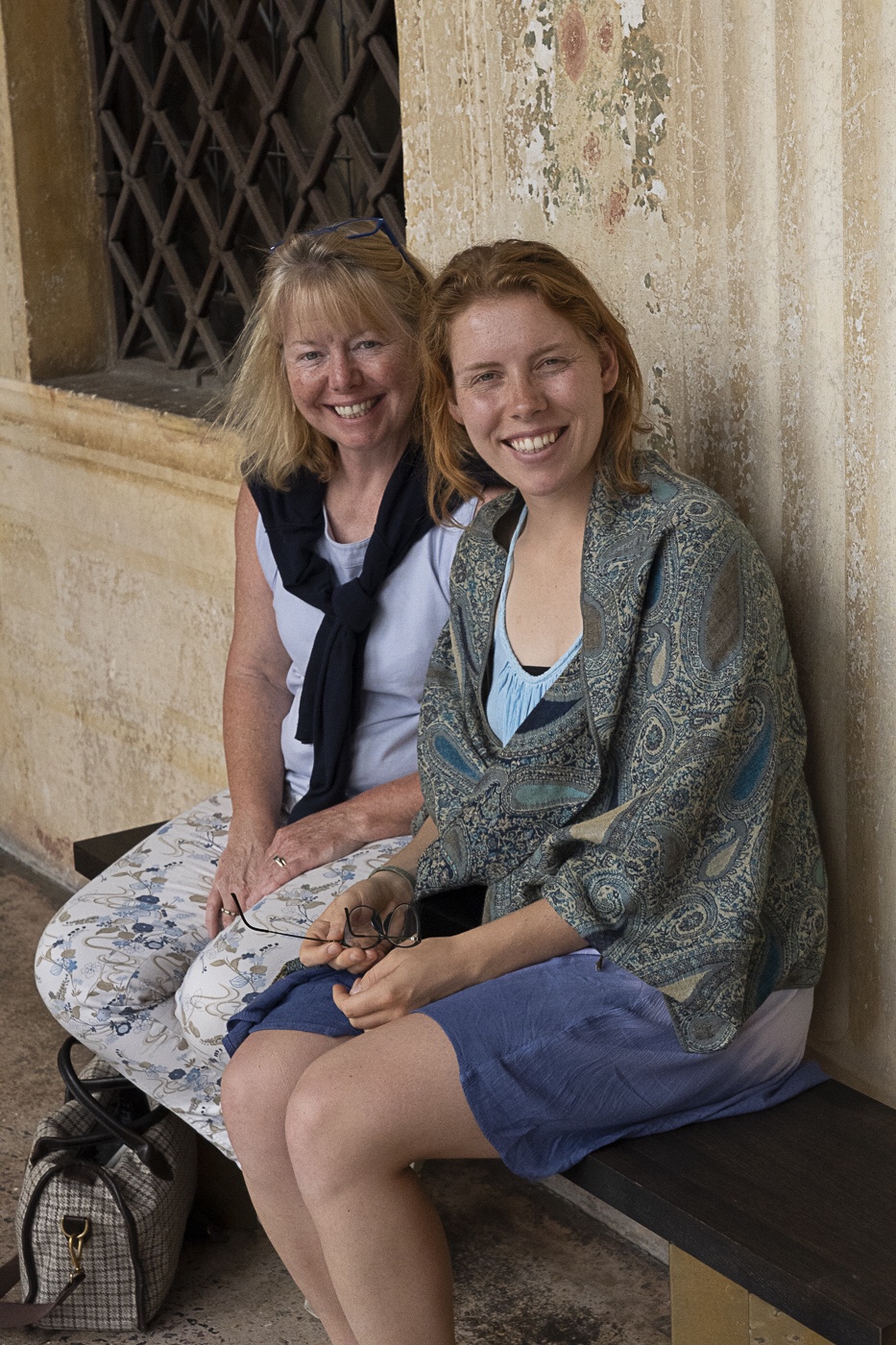
Notes:
- Ovid – was a famous Roman poet, he wrote ‘Metamorphoses‘ an epic poem, which chronicled many of the Greek myths. He was born around 43 BC and died around 18 AD.
- The Greek myths were very popular with the Romans, who integrated them into their own story-telling culture. Many of the Greek gods and goddesses had Greek and then Roman names. For example Jove became Jupiter, in Roman mythology, and Hera became Juno.
- However all the myths contained a combination of good and evil, light and dark, strength and weakness. In that sense these myths were identical to the folklore stories that existed in Europe in the Middle Ages. Tales like Cinderella, Hansel and Gretel, The Elves and the Shoe-Maker. These tales were collected and edited by the Brothers Grimm, travelling in rural Germany in the early 19th century.
- For a wonderful compendium of ‘European Fairy Stories’ I’d recommend Phillip Pullman’s. Stephen Fry too has recently published ‘Mythos’ a retelling of a selection of Greek myths.
- It’s amusing and ironic to note, that when it comes to story telling we really haven’t moved on from romance, love, revenge and tragedy. For more on fairy tales and castles: Fairy Tales, Fiction and Philosophy
- For more on Palladian Villas and the fabulous historic houses of Northern Italy: The Palladian Villas of the Veneto, Italy – Country houses by architect Andrea Palladio
- For an article dedicated to Villa Emo: Villa Emo – a perfect Palladian Villa, Italy
- To create your own unique journey in Italy contact www.grand-tourist.com
- Grand Tourist is my unique, tailor-made travel company, specialising in truly, tailor-made travel in Italy.
15th December, 2019
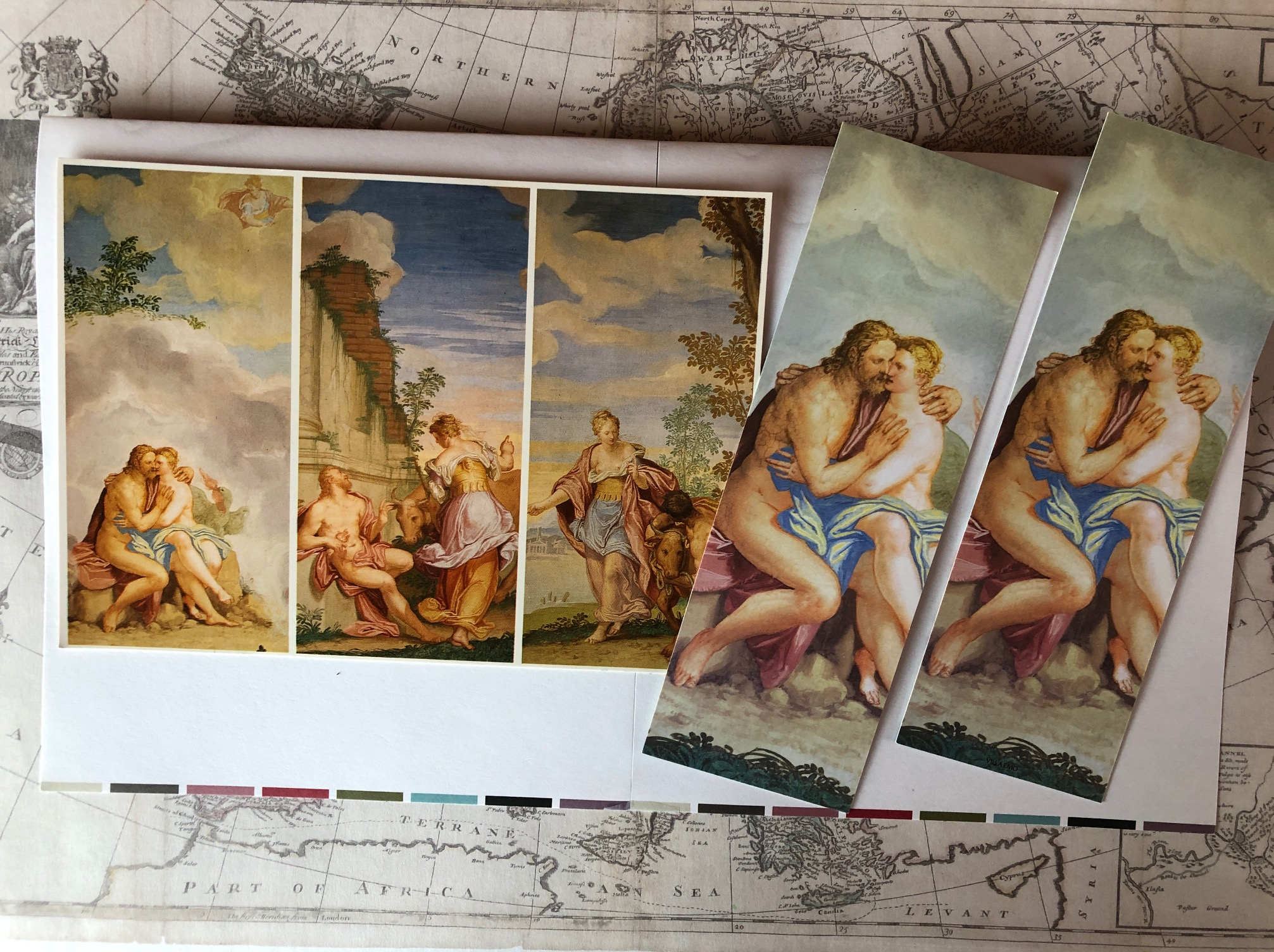
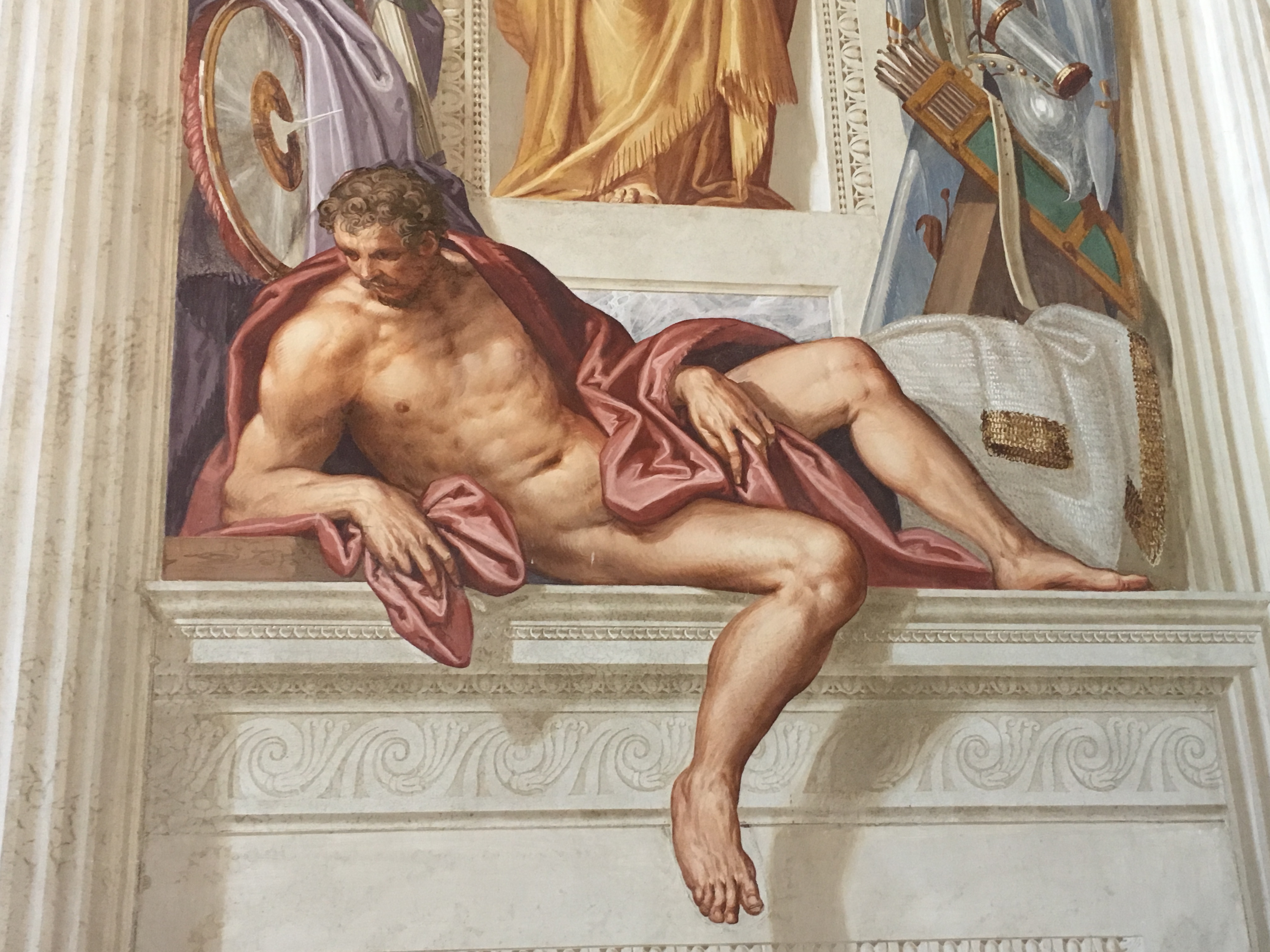


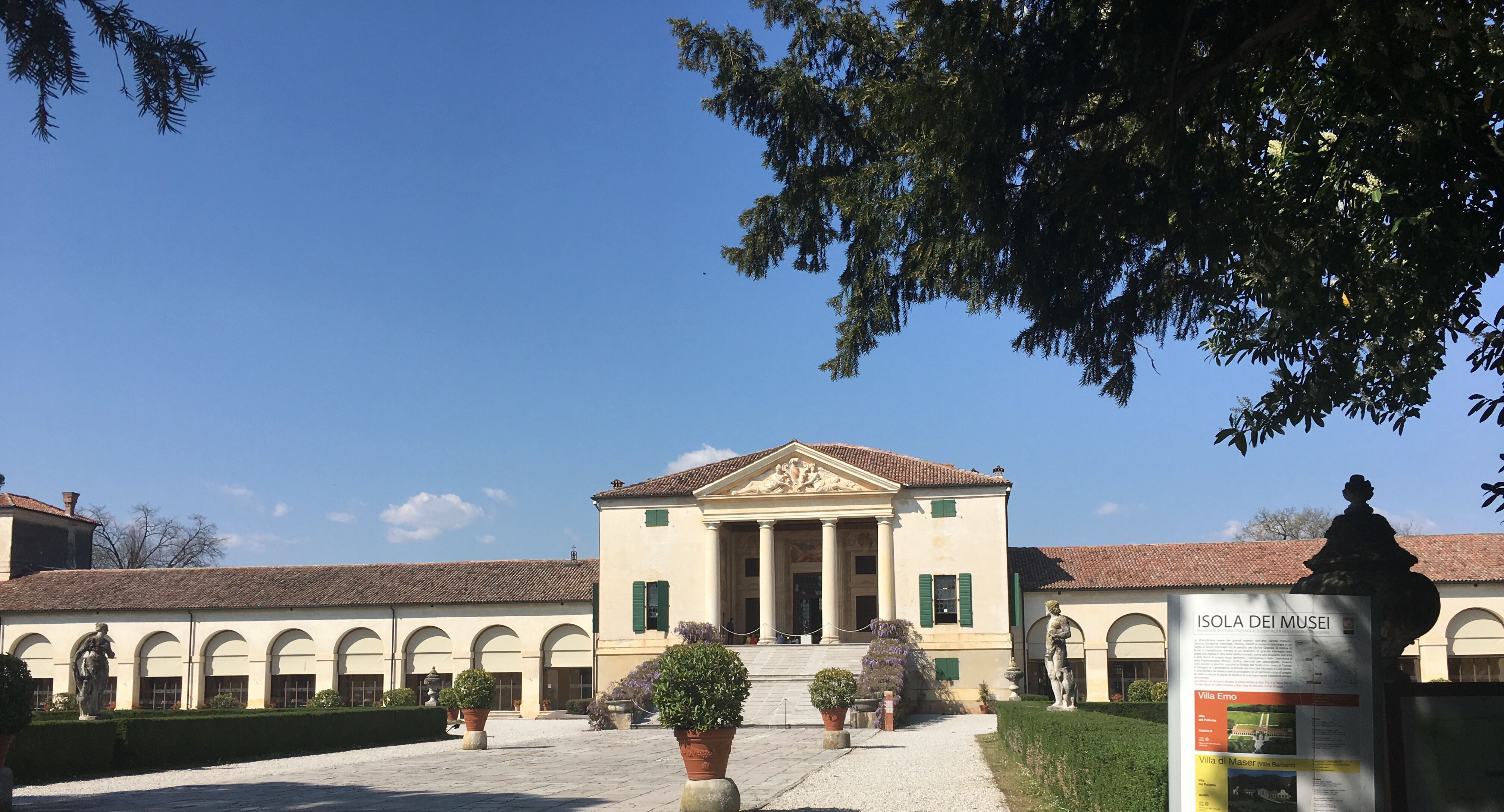
If you fancy brushing up on your Brothers Grimm fairy tales I’d recommend Philip Pullman’s recent anthology:
